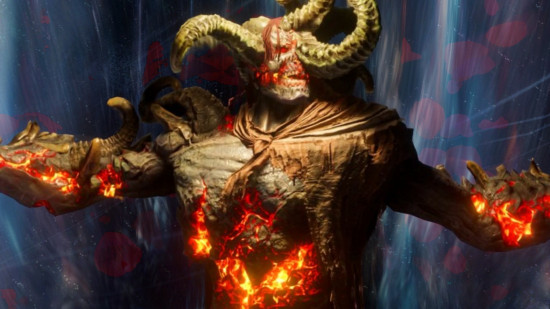For many experienced players of Path of Exile, the phrase “16.5 juiced maps” conjures a vivid scene: a tumult of exploding monsters, a screen inundated with loot, and a swift accumulation of wealth. This meticulously refined endgame strategy, which involves significant investment in scarabs, sextants, Eldritch altars, and frequently Delirium Orbs, has established itself as the benchmark for generating PoE Currency and grinding experience.
And players would carefully design their maps, incorporating layers of mechanics such as Beyond, Legion, Breach, and Abyss, all enhanced by a generous application of sextants and scarabs.
The investment required was considerable—often involving multiple Divine Orbs per map in consumables alone—but the potential for profit was even greater. A single successful juiced map could yield a player several times their initial investment in raw currency, high-tier crafting materials, and highly coveted unique items, making it the most effective method for amassing significant wealth in Wraeclast.
The 3.26 Reckoning: What Changed?
While the exact specifics of all 3.26 nerfs are still being absorbed and analyzed by the community, the overarching theme is clear: GGG aims to diversify the endgame and reduce the overwhelming efficiency of hyper-juiced maps. Early indicators and developer manifestos point towards several key areas of adjustment:
Reward Scaling Adjustments: It’s highly probable that the base rewards from various league mechanics, especially when stacked, have been recalibrated. This means less raw PoE 1 Currency dropping per monster kill or fewer valuable item conversions.
Monster Density Reductions: A subtle but impactful change could be a slight reduction in the maximum monster density achievable through various modifiers. Fewer monsters naturally mean less loot.
Cost vs. Reward Rebalancing: The cost of key consumables like certain scarabs or sextants might increase, or their efficacy might be reduced, making the initial investment less appealing compared to the potential returns.
Specific Mechanic Tweaks: Beloved juicing mechanics like Beyond, Delirium, or even the potency of certain Eldritch Altar buffs might see adjustments to their output, directly impacting the “juice” factor.
GGG’s rationale for such changes often centers on game health – preventing a single, overly efficient strategy from overshadowing all others, promoting player exploration of various endgame activities, and keeping the game fresh by forcing adaptation.
The Fallout: Adapting to a New Reality
Currency Volatility: The value of certain PoE 1 Currency items might fluctuate as supply and demand adjust to the new farming meta. Orbs of Scouring, Chaos Orbs, and other staples might see shifts in their relative strength.
Emergence of New Metas: The void left by the reduced efficiency of juiced maps will likely be filled by other strategies. We might see a resurgence of boss rushing, focused league mechanic farming (e.g., delve, blight, grand heists), or even more structured, less “random” map-based strategies.
Increased Diversity in Endgame: This nerf could finally achieve GGG’s goal of encouraging players to engage with a broader spectrum of Path of Exile’s vast endgame content. Different builds might excel in different farming environments, leading to a richer variety of viable playstyles.
Player Frustration and Innovation: While some players will undoubtedly lament the loss of their comfortable farming methods, the Path of Exile community is renowned for its adaptability and innovation. New guides, strategies, and optimizations will quickly emerge as players uncover the most efficient ways to earn PoE 1 Currency in 3.26.
The nerf to 16.5 juiced maps in Path of Exile 3.26 marks a significant shift in the game’s economic and endgame meta. While it may initially feel like a blow to established farming methods and PoE 1 Currency generation, it’s a characteristic move by Grinding Gear Games to keep their complex ARPG evolving.
